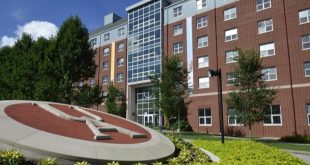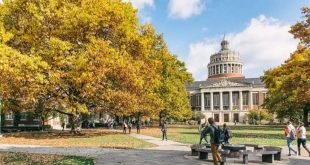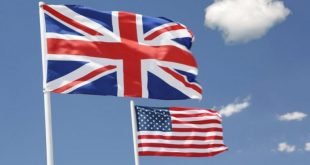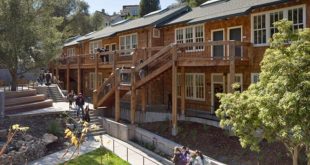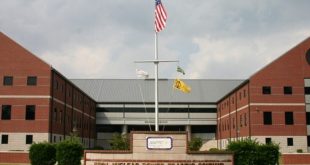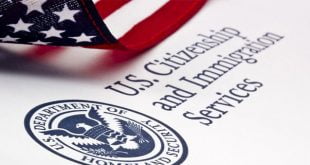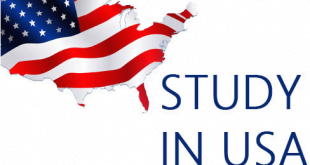Combine work and study in USA is one of the ways through which students are able to overcome the financial challenges they face during their studies. However, the question is whether working while studying in America is a good idea. Let’s answer this question together.
Table of Contents
Can an international student work and study in USA?
One advantage of choosing to work and study in America is that you can earn additional money. Accordingly, you can use this money to pay part of your study fees in America.
Furthermore, another important feature is that whether you choose a full-time or part-time job, you will have access to the country’s job market. Indeed, this will put you in a good position once you complete your studies and start looking for a permanent job.
Work and study visa in the USA
If you are a full-time student and want to work and study in USA, you must either get an F-1 or M-1 visa. As a matter of fact, both of them are categories of immigrant visas available for international students.
The F-1 visa is for academic students seeking admission to an accredited college, university, academic high school, any other academic institution, or in a language training program. As for the M-1 visa, it is for professional or non-academic programs.
On the other hand, when it comes to job opportunities, the M-1 visa is more restrictive in nature. This is due to the fact that visa holders are not usually allowed to work on or off-campus while studying.
Hence, if you are on a full-time course in the USA, work and study essentially means that you must get an F-1 visa.
Here you can find out how to get a student visa in America
Work and study in USA for international students holders of an F-1 visa
One of the key aspects of an F-1 visa is that it prevents you from working off-campus in the first year of your studies.
Although you can still find work inside campus, provided that you comply with the implied terms and restrictions. Afterward, once you reach your second year, you are eligible to work off-campus.
Off-campus employment in America is divided into three main aspects:
- Curriculum Practical Training (CPT).
- Optional Practical Training OPT (pre-completion or post-completion).
- Optional Practical Training Appendix in Sciences, Technology, Engineering and Mathematics (STEM). Or to extend the Optional Practical Training (OPT ) for an extra 17-month.
Obviously, one of the aspects here is that students should participate in Practical Training during their studies. That is the condition if you want to take advantage of the off-campus work in the United States. Indeed, the purpose of allowing students to work and study is to enable them to gain valuable work experience. This way they have an opportunity to master the skills they learn in the classroom.
Difference between CPT and OPT Programs
There are relatively limited restrictions on employment in the United States for students holding an F-1 visa.
Curriculum Practical Training (CPT)
Under this work and study program, students can conduct practical training in an area directly related to their main field of study. Besides, the F-1 case must be valid to benefit from the work and study under CPT program in America.
Basically, you can get it only in case your work is an integral part of your specialty. This is also in case that the experience is part of your study program.
Certainly, when you get admission at the post-graduate level, the DSO (Designated School Official) is responsible for issuing CPT during the first semester. This is the case if your study program calls for this type of experience. Furthermore, DSO will also guide you in all relevant details.
The CPT program allows you to work either full-time or part-time. At the same time, you also need to provide a signed cooperation agreement or a letter from your employer.
Optional Practical Training OPT (pre-completion or post-completion)
On the other hand, the OPT program is for temporary work and is directly related to your field of study just like CPT program. During the OPT program, you will be able to enjoy the privileges of having an F-1 visa, while CPT is an integral part of your study program.
Undoubtedly, OPT (Optional Practical Training, as the name implies) is merely optional and can be excluded.
Consequently, to illustrate further, CPT is for the employer and can only be used during your post-graduate studies. On the other hand, OPT can be used before or after graduation, accordingly, it is not dedicated only to the employer.
How many hours can international students work in USA?
As already mentioned earlier, students in USA with an F-1 visa who study full-time can work on campus for up to 20 hours per week. However, students who can prove they are suffering “severe economic hardship” can get some exceptions to this limit. To learn about your options, you can always speak to your DSO (Designated School Official). Lastly, during holiday periods, you can work up to 40 hours a week.
How much can I earn in USA while studying?
The federal minimum wage in the USA is $7.25 per hour. However, each state sets its own minimum wage, which can go as low as this minimum and as high as $15 per hour. In other words, the money you can expect to make depends on the place you choose to settle in. Also, this amount also depends on your level of work experience. And lastly, with more highly skills jobs, you can expect to earn more.




 Aljawaz Your guide to study abroad
Aljawaz Your guide to study abroad

